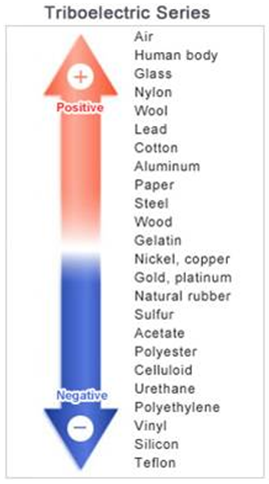-
Paper Information
- Paper Submission
-
Journal Information
- About This Journal
- Editorial Board
- Current Issue
- Archive
- Author Guidelines
- Contact Us
American Journal of Biomedical Engineering
p-ISSN: 2163-1050 e-ISSN: 2163-1077
2020; 10(2): 27-28
doi:10.5923/j.ajbe.20201002.01
Received: Aug. 20, 2020; Accepted: Sep. 15, 2020; Published: Sep. 26, 2020

Why Do Coronavirus Like to Attack Our Respiratory System?
Wan-Ching Ho
Retired Electronic Engineer with 40 Years of Experience in Manifold Electronic Industries, Shatin N.T., Hong Kong
Correspondence to: Wan-Ching Ho, Retired Electronic Engineer with 40 Years of Experience in Manifold Electronic Industries, Shatin N.T., Hong Kong.
| Email: |  |
Copyright © 2020 The Author(s). Published by Scientific & Academic Publishing.
This work is licensed under the Creative Commons Attribution International License (CC BY).
http://creativecommons.org/licenses/by/4.0/

As we all know, some medical problems cannot be explained from a medical point of view, but if we look at it from another angle, it may be simple. This article is to try to explain a medically unexplainable disease from the perspective of electricity. Results indicated that we can employ the basic electromagnetic theories explain them very easily.
Keywords: Coronavirus, Corona discharge, Triboelectric effect, Triboelectric series, Coulomb’s law
Cite this paper: Wan-Ching Ho, Why Do Coronavirus Like to Attack Our Respiratory System?, American Journal of Biomedical Engineering, Vol. 10 No. 2, 2020, pp. 27-28. doi: 10.5923/j.ajbe.20201002.01.
Article Outline
1. My Hypothesis
- I assume that the predecessor of the coronavirus is a common virus, but for some reason this virus also carries a lot of positive charges.
1.1. Corona Discharge Occur
- Since electric current can drive the movement of substances [1], therefore when the aforementioned common virus undergoes electrical corona discharge, it logically manifests the corona conformation.
2. Residual of Positive Charges
- Following from the electrical corona discharge, from an electrical point of view, there must be a small amount of residual positive charges on the surface of the coronavirus. Accordingly, we have a lot of effective ways of capturing them by mean of electromagnetic theory and prevent them from entering our respiratory system.
3. A Medically Unansewerable Question
- Why do coronavirus like to attack our respiratory system?This is a result of the well known electromagnetic effect — Triboelectric effect [2]. When we breath, the movement of air triggers the Triboelectric effect in our trachea and lungs. According to the Triboelectric Series [15] “air” is definitely positively charged. Hence, our respiratory system is charged negatively. As per Coulomb’s first law [12], it states that like charges of electricity repel each other and unlike charges attract each other. As we presume that coronavirus still carries positive charges, therefore by Coulomb’s attractive force [13], it is natural for the coronavirus to carry out an attack on our respiratory system.
4. Methods
- Two easy ways in response to the spread of coronavirus:4.1. In reference to the Triboelectric Series [15], Teflon exhibits the most negative polarity of charge separation during Triboelectic effect. This makes Teflon the best candidate for face mask filter.4.2. All ventilation systems are fitted with new filters which are connected to a negative electrode. Better still, we can have negative charged metallic screen mesh cover for ceilings, and Teflon coated for floorings.
5. Conclusions
- Although this article is just a hypothesis, the results can really perfectly explain the characteristics of most of the coronaviruses that attack our respiratory system.
 Abstract
Abstract Reference
Reference Full-Text PDF
Full-Text PDF Full-text HTML
Full-text HTML